Researchers who developed a machine learning technique to identify the chemical composition of salts from images of their dried deposits have refined the process with a robot. They now have a database with three times as many images as before, which has boosted the accuracy of their technique from 90% to almost 99%.
Crystals’ often beautiful crystallisation patterns contain underlying information on their molecular makeup. Oliver Steinbock and colleagues at Florida State University, US, had previously explored this by capturing 7500 images of 42 different, mainly inorganic salts. They used software to extract 16 key parameters from each image, then applied a machine learning algorithm to analyse symmetry in a 16-dimensional space to generate unique fingerprint profiles for each salt. However, the team found that manual processes in this earlier study – including pipetting the solutions and positioning the camera – were time-consuming and introduced reproducibility issues.
Now the team has over come these limitations with a robotic drop imager, which operates continuously to produce 2500 high-resolution images a day. This allowed the team to build a dataset of 23,417 images covering seven inorganic salts at five concentration levels. Each image was distilled into 47 metrics capturing key deposit characteristics. Using machine learning, they achieved 92% accuracy in predicting both salt type and concentration, rising to 99% when disregarding concentration.
The researchers hope that expanding their database will enable broader applications, from smartphone-based analysis to field-based chemical identification and laboratory safety tools.
References
This article is open access
B C Batista et al, Digital Discovery, 2025, DOI: 10.1039/d4dd00333k




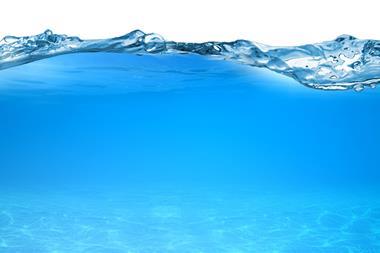
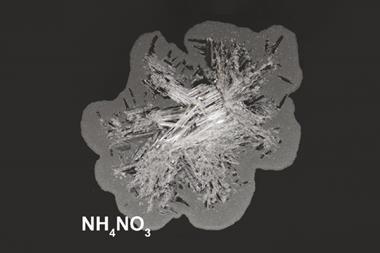
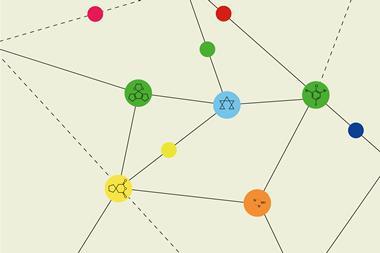
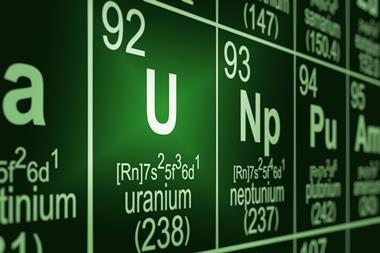
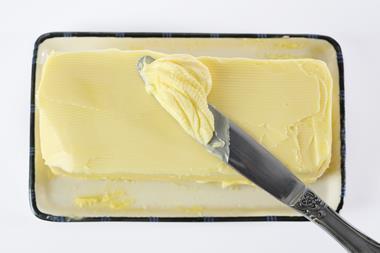
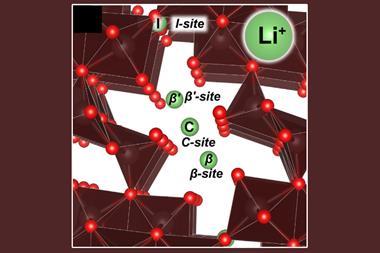
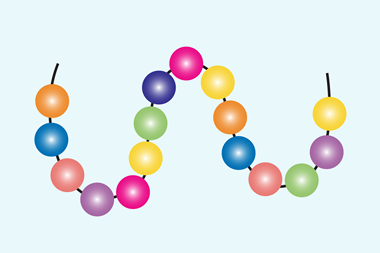
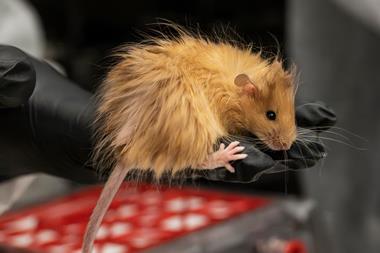
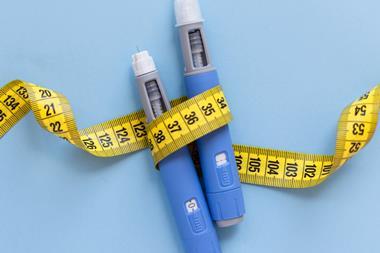
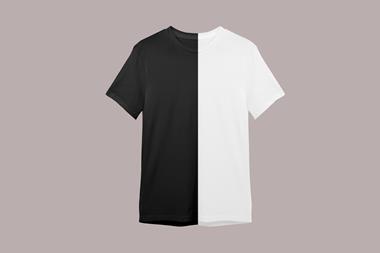

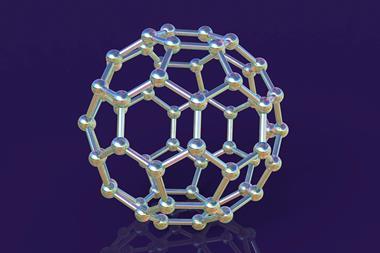
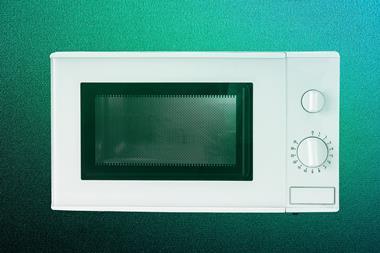
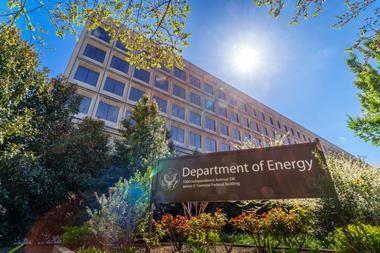
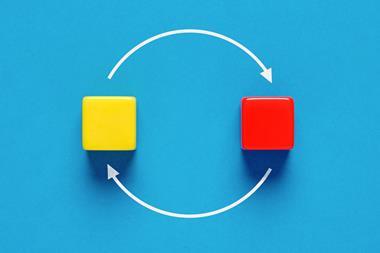
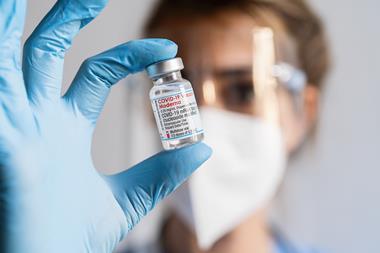

No comments yet